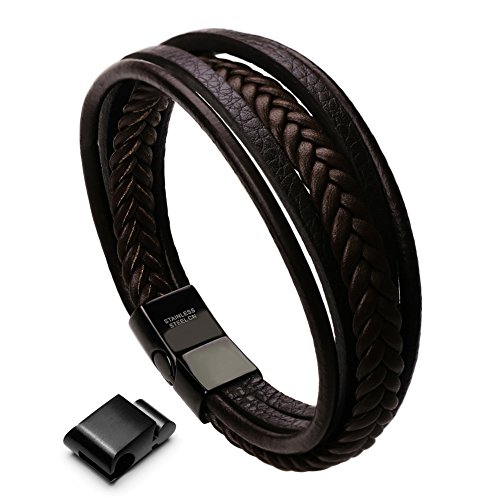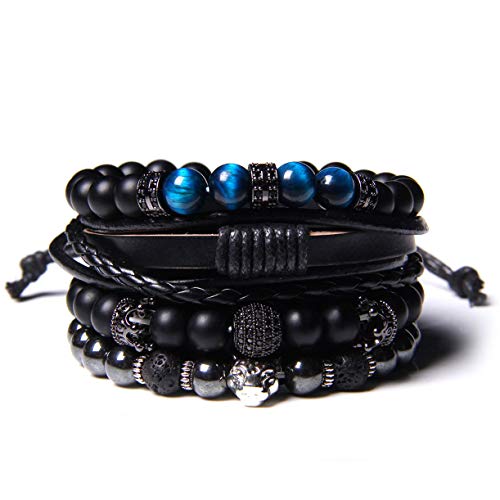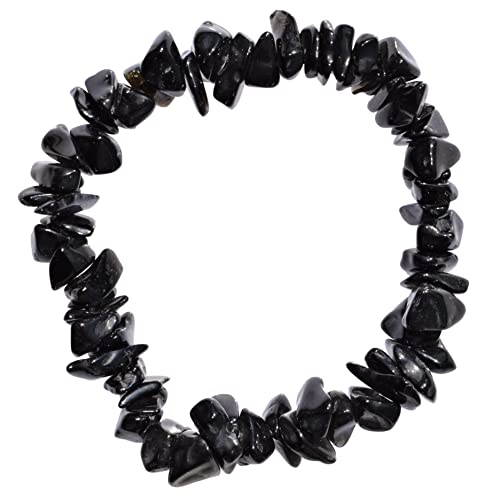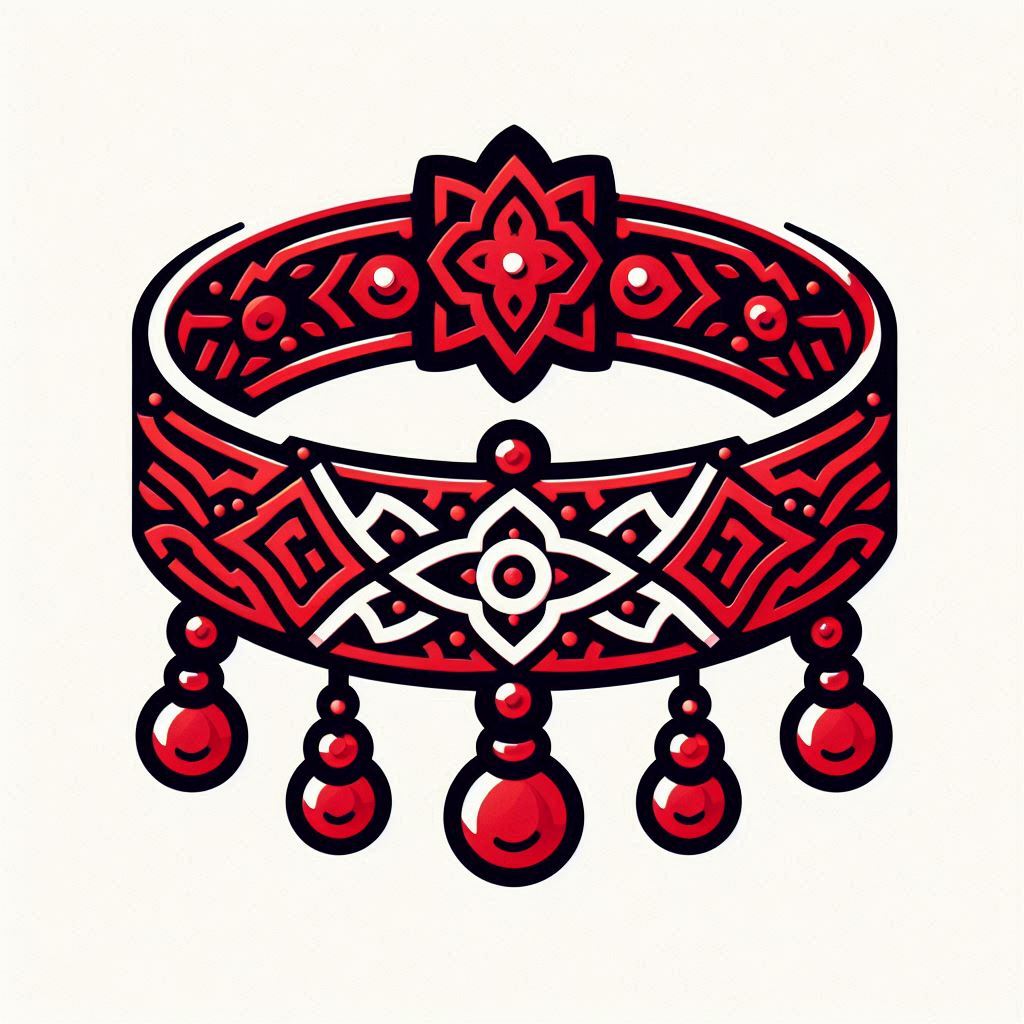Moroccan bracelets are not just beautiful accessories; they hold deep cultural significance that reflects the rich heritage of Morocco. These bracelets, often handmade and intricately designed, are a representation of the country's diverse cultural influences. Adorning oneself with these pieces often connects individuals to their history and identity, celebrating the Moroccan way of life.
The symbols found on Moroccan bracelets can vary greatly, each telling a unique story. For example, the hand of Fatima, a popular motif, is believed to offer protection and bring good luck. This symbol holds a special place in Moroccan culture and often resonates deeply with the wearers. Additionally, geometric patterns and designs borrowed from traditional Berber art often adorn these bracelets, highlighting the skill and artistry of local craftsmen and reflecting a commitment to preserving age-old traditions.
Moreover, wearing a Moroccan bracelet is often associated with significant life events, such as weddings, births, or religious celebrations. Family members typically gift these bracelets during such occasions, symbolizing love, unity, and continuity of cultural lineage. This practice reinforces the importance of community and familial bonds, as each piece carries its own story and sentiment.
In contemporary times, Moroccan bracelets have transcended their traditional roles and have been embraced globally for their aesthetic appeal. However, the cultural context remains vital. Many wearers appreciate not only the beauty of these bracelets but also their connection to Morocco's vibrant history and culture. This blend of tradition and modernity ensures that the significance of Moroccan bracelets continues to thrive, making them cherished pieces for both locals and visitors alike.
Common Symbols in Moroccan Jewelry
Moroccan jewelry is renowned not just for its intricate designs but also for the powerful symbols it embodies. These symbols carry deep cultural significance, often reflecting the beliefs and traditions of the people. Among the most common symbols found in Moroccan bracelets are the hand of Fatima, the crescent moon, and geometric patterns.
The hand of Fatima, also known as the khamsa, is a prominent symbol in Moroccan jewelry. It is believed to provide protection from the evil eye and bring good fortune to the wearer. Often depicted with an eye on the palm, this symbol is a reminder of the importance of safeguarding oneself and one's loved ones from negative influences. You will find the hand of Fatima adorning many bracelets, symbolizing strength and resilience.
Another popular symbol is the crescent moon, which represents fertility and new beginnings. This symbol is deeply rooted in Islamic tradition and is often associated with the lunar calendar. In the context of Moroccan jewelry, the crescent moon is a beautiful reminder of life's cycles and the promise of renewal. Many bracelets feature these graceful shapes, celebrating the beauty of nature and the rhythm of the universe.
Geometric patterns also play a significant role in Moroccan jewelry design. These designs often draw inspiration from Islamic art and architecture, representing harmony and balance. The use of intricate shapes can symbolize unity and the connection between the divine and the earthly realm. Wearing a bracelet adorned with geometric patterns can be a way to showcase one's appreciation for art, culture, and the deeper meanings of life.
Colors and Their Interpretations
Colors play a significant role in Moroccan culture, especially when it comes to the symbols found in traditional bracelets. Each color carries its own unique meaning and emotional weight, making the jewelry not just decorative but also deeply symbolic.
For instance, the color red is often associated with love and passion. In many Moroccan bracelets, red beads or threads symbolize strong emotional connections and vitality. This vibrant color is believed to protect the wearer from negativity while promoting physical and emotional strength.
Blue, on the other hand, represents peace and tranquility. It is commonly used in jewelry to convey a sense of calm amidst the chaos of everyday life. A blue bracelet could be a reminder to stay grounded and find inner serenity, making it a perfect accessory for those seeking balance.
Green holds a special place in Moroccan culture as well, symbolizing growth, harmony, and prosperity. Traditionally, it is connected to nature and the fertility of the land. Wearing a green bracelet may symbolize a desire for renewal, abundance, and connection to one’s roots.
Lastly, yellow embodies happiness and optimism. This cheerful color can be found in bracelets meant to inspire joy and positivity in the wearer’s life. A touch of yellow can uplift spirits and attract good vibes, making it a favorite choice for those looking to brighten their day.
Traditions and Rituals in Bracelet Giving
In Moroccan culture, the act of giving a bracelet is steeped in rich traditions and meaningful rituals. Bracelets are not just accessories; they hold deep significance and are often exchanged during special occasions such as weddings, births, and religious celebrations. This practice strengthens social bonds and expresses goodwill between families and friends.
One of the most notable traditions is the gifting of bracelets during weddings. In many Moroccan communities, the bride may receive several bracelets from her family and friends as a sign of love and support. Each bracelet is chosen carefully, often adorned with specific symbols that convey blessings for happiness and prosperity in her new life. This act serves not only as a beautiful display of affection but also as a way to pass down cultural heritage.
Another prominent ritual involves the presentation of bracelets to newborns. It is believed that wearing a bracelet protects the child from the evil eye and brings good fortune. Family members gather to celebrate the arrival of a new life, and the gifting of bracelets symbolizes the community’s commitment to nurturing and safeguarding the next generation. The chosen designs often reflect cultural motifs, each woven with prayers for health and happiness.
In addition to these significant life events, bracelets are also given as tokens of friendship. Close friends often exchange bracelets as a way of marking special moments in their lives, such as milestones or achievements. This custom not only highlights the importance of relationships but also serves as a reminder of shared experiences and emotional connections.




